Two University of Guam students presented their research at the third installment of the UOG College of Natural and Applied Sciences student colloquium series on Friday, Oct. 25, 2019.
One of the students explained the mathematical proof of Monsky’s Theorem, while the other discussed the issue of illegal drug distribution on the dark web’s cryptomarkets.
The students completed these projects through an undergraduate research experience that they participated in over the summer in the mainland.
William Sablan, a third-year UOG student majoring in mathematics, spoke about his research experience at the University of Chicago.
“It gave me a lot of insight on what graduate school would be like,” Sablan said. “I would encourage a lot of people to attend an REU if they choose to go down that path.”

Sablan was the presenter who discussed Monsky’s Theorem.
“If you want to take a square and divide it into triangles of equal area, you need an even number of these triangles,” Sablan said. “The interesting aspect is that it takes different areas of math in a very unique way. It’s a simple statement, but to prove it is actually quite hard.”
According to Sablan, Monsky’s Theorem is the only proof that shows an even number of triangles can do the trick.
“I hope an ambitious member of the audience would endeavor to find a new proof of this theorem,” Sablan said.
Dwight Sablan, a fourth-year UOG student majoring in mathematics, conducted his research at the Indiana University-Purdue University Indianapolis. He discussed the cryptomarkets that are prevalent on the dark web.
According to Sablan, the dark web is an area of the internet that exists on an encrypted network. It includes an anonymity feature, which creates a hotspot for the distribution of illegal goods, such as drugs, and other illicit activities. These hotspots are known as the dark web’s cryptomarkets.
Sablan explained the results he and his team obtained from an analysis of a data set from a 10-month period.
They concluded that the dark web’s cyptomarket was dominated by a small group of vendors who specialize in selling one type of drug. Most of the users on the dark web log onto the market for recreational drugs rather than highly addictive drugs.
Sablan also brought to attention the use of their findings for law enforcement.
Sablan said: “It highlights the importance of focusing their energies on catching the high-profile vendors rather than looking at all the vendors in order to take down a big part of the drug network.”
Jezreel Sabangan and Redric Ecalnea, both third-year UOG students, attended the colloquium after hearing about it from their math professor.
“I thought it was pretty interesting to bring up to the audience’s attention so that maybe in the future, they can contribute to it,” Sabangan said.
“In the grand scheme of things, math is a very, very complicated subject,” Ecalnea said. “But the way the first presentation went made it seem like it’s possible for undergraduates like us to be able to prove it.”

